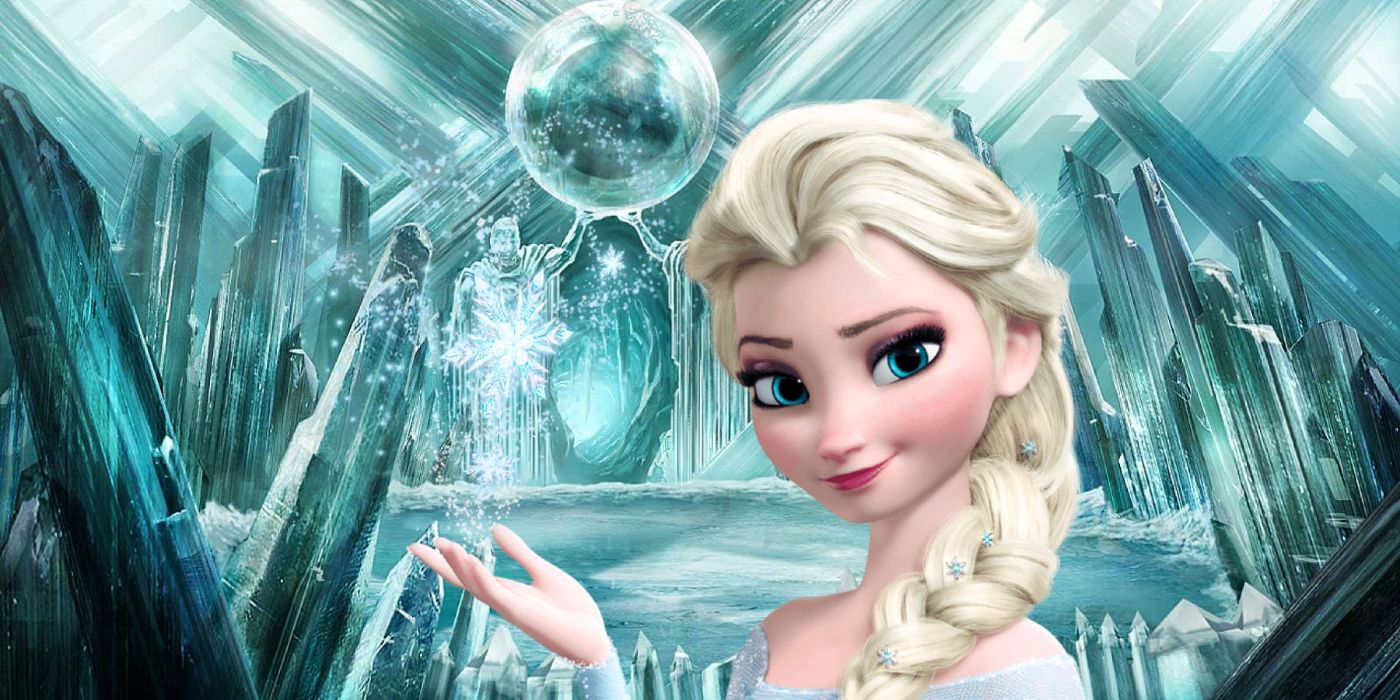

We just kept pushing to make sure there are themes in this movie that make it relatable." Lee (also a writer on the film) noted that at its heart, the feature is a story about sisters, and John Lasseter helped to elevate that point. For Крижане серце (2013), she related that the directors aimed to make the film both "timeless and timely. In the article, it reads: "What makes something a classic film is there is that quality that it speaks to you whether it is 1930 or 2013," said Lee, admitting that Попелюшка (1950) and Русалонька (1989) are still her favorite Disney animated features. In a Auginterview with The Hollywood Reporter, directors Chris Buck and Jennifer Lee that giving Крижане серце (2013) a timeless feel was important to them. We just do, so if it inspires anyone to say, 'Well, I can do that' or just casually think, 'There's no reason I can't,' I mean, then great, so let's keep talking about it until there's the day where we don't have to anymore." We need more women in creative leadership. In a Mainterview with CBS This Morning, speaking of this offer, Lee said that "it's a change that was long overdue and hopefully leads to more shifts in front of and behind the camera." She went on to say that she hoped that her "success will lead to a shift in the type of stories told and who tells them. Lee became the first woman to direct an animated feature made and produced by Walt Disney Animation Studios. When she came on board, she quickly understood the story, worked well with everyone associated with the film, and had a passion for the material equal to Buck's. Given the short schedule for this production, a second director was necessary, and after her acclaimed work on Ральф-руйнівник (2012), Lee was a natural choice. Initially assigned only to be a screenwriter, on November 30, 2012, Disney announced that Jennifer Lee had joined veteran animator/director Chris Buck as co-director. Our version of these characters should feel really real and be relatable to things you might go through in your life." But I can say we want to make them really believable and not set them up on a pedestal.


They happen to be Princesses, but we don't think about it that way, so I always get a bit thrown when people talk about this. We don't think of it as a Princess movie. Hopefully, if you look at the story through Elsa's eyes, you'll be able to understand what she does, or if you look at it through Anna's eyes, you'll be able to understand why she does what she does, but they're all complicated relationships. That clearly affected her and made her into the character she is. A lot of times what you perceive something to be isn't what it turns out to be - Elsa has to hide for her whole life who she is, even from her sister. Maybe there's a richness to the Snow Queen in the countries' heritage and they just wanted to emphasize that." As he continued to make his statement, "We're telling a story about family and relationships and that in itself can be very complicated. The studio's decision to then call it the Snow Queen overseas was because that just resonated stronger in some countries than Frozen. The decision to call the film Frozen was the filmmaker's decision. We don't think of comparisons between Tangled and Frozen, though. Frozen plays on the level of ice and snow but also the frozen relationship, the frozen heart that has to be thawed. It's because, to us, it represents the movie. Producer Peter Del Vecho explained the English title change from "The Snow Queen" to "Frozen": "The title Крижане серце (2013) came up independently of the title Рапунцель: Заплутана історія (2010).


 0 kommentar(er)
0 kommentar(er)
